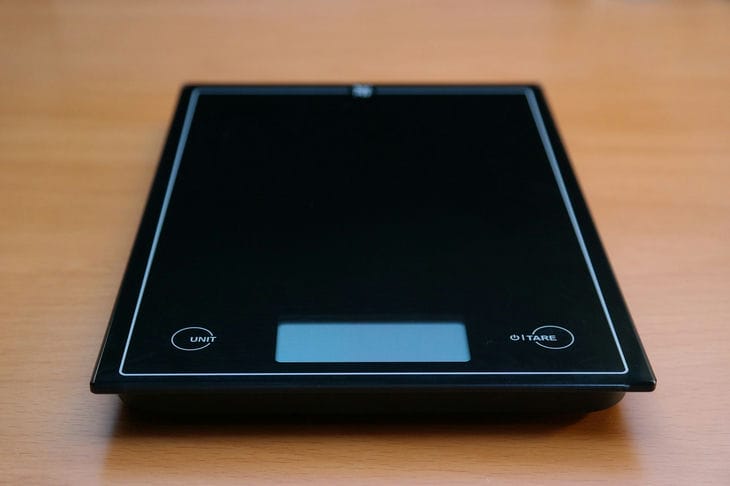Mechanical or Electronic: Tips to Help You Choose the Best Kitchen Scale
To accurately reproduce a dish from a famous chef in your own kitchen, you can’t do without kitchen scales.
Modern manufacturers have ensured that consumers have a choice of many weighing devices, each of which has its own advantages and disadvantages.
If the wide range of products available in the store leaves you stumped, use the advice in this article: in it we talked about the main differences between the main types of scales.
Mechanical kitchen scales
This product does not require batteries to operate, since the “motor” here is a spring that is compressed and moves the arrow.
What are the advantages of mechanics? First of all, it is budget-friendly and easy to use. But do not close your eyes to the disadvantages: such scales often have an error of 5 to 10 g. In addition, over time, due to a weakened spring, you may need to calibrate or replace the scale.

Electronic kitchen scales
The electronics operate thanks to special sensors that operate on battery power or mains power.
The error of such devices does not exceed 5 g, and the design can be described as stylish.
Important: the accuracy of measurements is affected by the surface on which the electronic kitchen scales are installed - it must be flat, as well as moisture, the ingress of which can cause the scales to display incorrect readings.
Earlier, BelNovosti shared life hacks for quick and effective cleaning in the kitchen.
